- Learning time
- 5 minutes
- First play time
- 15 minutes
Sushi Go!
Designed by: Phil Walker-Harding
In Sushi Go! the players are fighting it out over the dishes in a sushi restaurant, grabbing what they can as the meals travel by them on the culinary conveyor belt. The meals come in the form of a deck of cards, and at the start of the game players are dealt a certain number each (varying depending on the number of players)
Turns couldn’t be simpler – play a card to the table from your hand, then pass your cards to the next clockwise player. The player to your right hands you your new hand, and you choose a card from that… this continues until the last card is played.
How the game scores is what makes the game. Some cards you only score for having the most of. Some cards score when they combine with something else. Others score as sets of two or three. Scores are tallied up over three rounds and at the end the player with the most points wins. Note that puddings only score after the final round: +6pts for the most, -6pts for the least!
The guru's verdict
-
Take That!
Take That!
It's possible to spot what your neighbors are after and choose a card as a spoiling tactic. But you need to balance this against what the card does for you.
-
Fidget Factor!
Fidget Factor!
None - it's a game of simultaneous play.
-
Brain Burn!
Brain Burn!
It's not a completely random game. You could play it as such, but taking note of what other players are after and hampering them can only help. Card-counting doesn't hurt either, though that's easier with fewer players!
-
Again Again!
Again Again!
Very simple mechanism - play a card - with reasonably simple scoring. Randomness assured by shuffling!

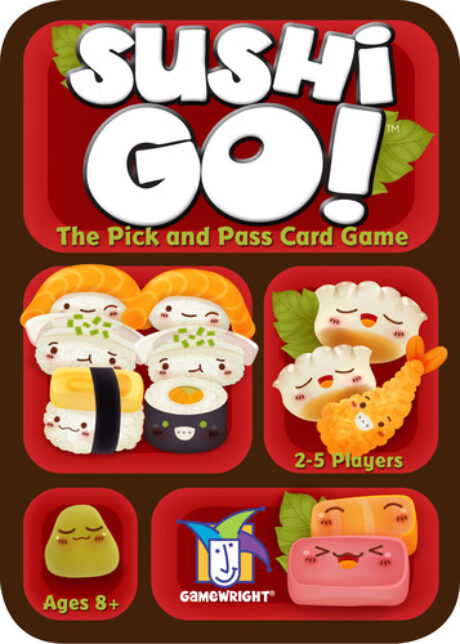
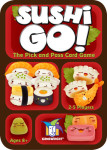


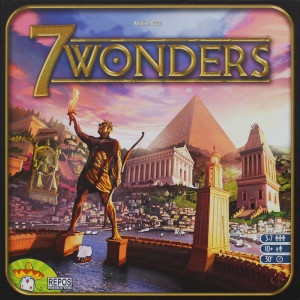
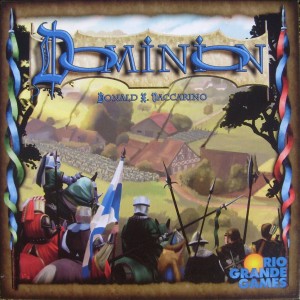
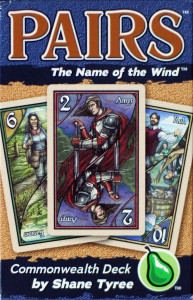

Sam says
The cards look great and I can't deny the game is ingeniously simple. For us, the potential for screwing each other over doesn't really make up for the repetition of play a card, pass your cards, so Sushi Go wasn't a big hit in our house. But I'm duty-bound to add many people seem to love it for that simplicity.